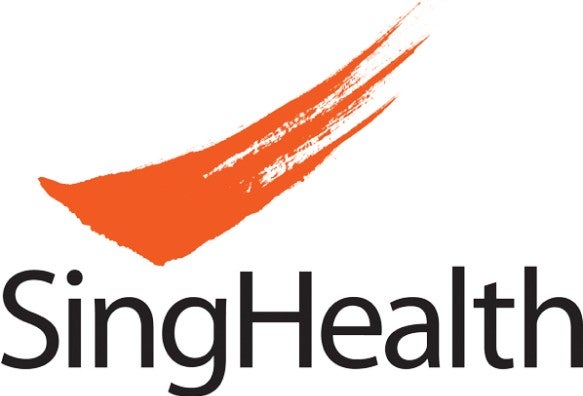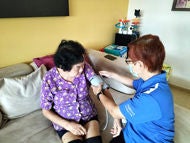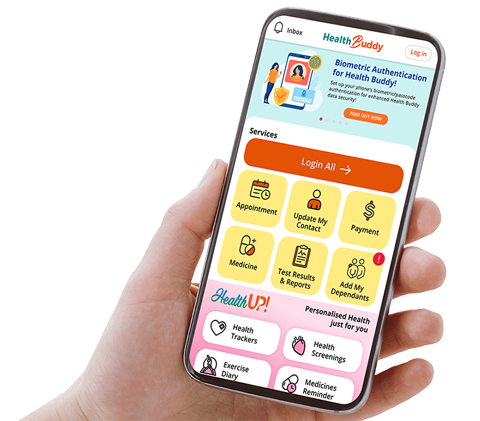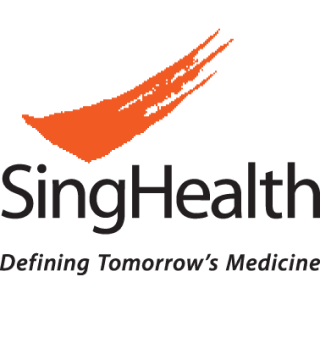 On his first day of work experience at a family night event on Feb 8, Mr Chee Ming Heng realised that he could not write his name on the time sheet.ST PHOTO: SHINTARO TAY
On his first day of work experience at a family night event on Feb 8, Mr Chee Ming Heng realised that he could not write his name on the time sheet.ST PHOTO: SHINTARO TAY
SINGAPORE – The first signs surfaced in February 2024, but 24-year-old Chee Ming Heng, who was healthy and fit, quickly dismissed them.
On his first day of work experience on Feb 8, he realised that he struggled to write his name on the time sheet, said the student at LaSalle College of the Arts.
“I could hold the pen but I could not find a way to write (my name). It was very mentally tortuous to write it.”
He eventually managed to do so, but his writing was a lot more closely strung together than his usual style.
It was strange, but he did not think much of it.
A day earlier, he had already felt some weakness in his right hand. He also had to miss his family reunion dinner four days earlier because he was unwell.
The next day, he visited a general practitioner, but did not get a referral letter to see a hospital specialist.
On Feb 12, his family members noticed that the right side of his face was drooping slightly when they gathered for a family photo.
On Feb 13, his younger brother noticed that he could not pick up the mahjong tiles during a game, and his parents took him to the polyclinic.
The doctor there told Mr Chee that he had signs of stroke – arm weakness and inability to smile properly, even though his walking and speaking abilities were normal – and he needed to go to the hospital immediately.
There, the neurologist first suspected some sort of autoimmune vascular condition, but after a scan and further tests to rule out other conditions, Mr Chee was diagnosed with moyamoya disease.
It is a rare, progressive cerebrovascular disorder caused by blocked arteries at the base of the brain. The cause of the disease is not known.
Moyamoya means “puff of smoke” in Japanese and is used to describe the tangled appearance of tiny vessels that have become larger to compensate for the blockage.
Moyamoya patients tend to get strokes because the tiny vessels cannot compensate enough to supply blood to the brain, said Dr Chen Min Wei, the neurosurgeon who performed a bypass operation on Mr Chee.
“They don’t usually get huge strokes. They get tiny strokes, with very mild symptoms, like Ming Heng did,” he said.
At the same time, they are dehydrated and their blood pressure drops.
 Moyamoya disease is a rare, progressive cerebrovascular disorder caused by blocked arteries at the base of the brain. The cause of the disease is not known. ST PHOTO: SHINTARO TAY
Moyamoya disease is a rare, progressive cerebrovascular disorder caused by blocked arteries at the base of the brain. The cause of the disease is not known. ST PHOTO: SHINTARO TAY
Some moyamoya patients develop minor strokes from which they recover completely. Others get major strokes, while another group suffers bleeding in the brain. Children can get seizures or have developmental delays. There are also the lucky ones who experience milder events, such as a persistent headache, said Dr Chen.
The disease does not necessarily limit lifespan, and young people tend to recover well, he said.
Dr Chen said moyamoya can be challenging to diagnose, and there have been cases where doctors have taken up to a year to confirm the diagnosis because it was suspected only after a third or fourth stroke.
“A lot of people under-recognise this problem. It is not just laymen, but even within the medical profession,” he said.
With this disease, the end point is always surgery. Taking aspirin and making lifestyle changes such as stopping smoking make no difference, said Dr Chen, a consultant at the National Neuroscience Institute who does eight to 10 bypass operations a year.
Children and adults can get the rare disease. Dr Simon Ling, a senior consultant at the neurology service of the paediatrics department of KK Women’s and Children’s Hospital, said the hospital treats one to two cases of moyamoya a year.
The children can be as young as 12 to 18 months, he said.
During Mr Chee’s operation on May 10, Dr Chen created a new blood vessel for blood to flow into the right side of his brain.
Mr Chee’s 58-year-old father told The Straits Times: “We had to be prepared for the worst. What if he woke up and couldn’t move half of his body?”
His parents were also worried that he would be depressed, but that fear was quickly allayed.
“Post-operation, I had just woken up, and when they came, I was just happy to see them,” said Mr Chee of his parents.
It took him a while to resume his normal routine. About two weeks after the operation, when he stepped out of his flat, he found himself tired after walking several minutes to the carpark, and had to head back to rest.
 Mr Chee Ming Heng used to drive frequently but had to relearn driving after his operation. He also had to practise writing and typing. ST PHOTO: SHINTARO TAY
Mr Chee Ming Heng used to drive frequently but had to relearn driving after his operation. He also had to practise writing and typing. ST PHOTO: SHINTARO TAY
He used to drive frequently but had to relearn driving after his operation. He also had to practise writing and typing.
Like any parents, Mr Chee’s continue to worry about him. His father said he and his wife did not initially suspect that their son had a stroke during Chinese New Year. They thought it was an infection as he had been feverish a few days earlier.
When they read up on moyamoya disease and learnt that there is no cure, their worry increased.
When he had to undergo the operation, his parents went to his school to talk to his professors to tell them he was ill.
“I think it was at that point that I realised it’s actually quite serious, because even my professor said, ‘Oh, I’m very sorry to hear that’, and I was like, ‘I mean, it’s not like it’s cancer!’” said Mr Chee.
Fortunately, all is well now. Mr Chee has regained his normal functions and is back to his cheerful self.
“I’m still alive. I didn’t know the seriousness of the problem. In fact, even after I got the diagnosis, I was like, ‘Okay, I got this problem. What can I do, right?’” he said.
“Now that I know it’s serious, I will say, ‘Well, I survived a stroke!’”



















